 December 18, 2006: Apple fans mourn the death of the iPhone before it even launches. Linksys begins selling a new handset called “iPhone,” Cupertino watchers must come to grips with the fact that Apple’s rumored smartphone probably won’t bear that name after all. How did this happen? Linksys’ parent company, Cisco Systems, owns the iPhone trademark.
December 18, 2006: Apple fans mourn the death of the iPhone before it even launches. Linksys begins selling a new handset called “iPhone,” Cupertino watchers must come to grips with the fact that Apple’s rumored smartphone probably won’t bear that name after all. How did this happen? Linksys’ parent company, Cisco Systems, owns the iPhone trademark.
While Apple previously released the iMac, iBook, iPod and iTunes, Cupertino didn’t own the name “iPhone.”


 December 17, 2009: Apple finally triumphs over longtime rival Microsoft … on mobile operating systems market share. New data shows that iPhone OS surpasses Windows Mobile in the United States for the first time.
December 17, 2009: Apple finally triumphs over longtime rival Microsoft … on mobile operating systems market share. New data shows that iPhone OS surpasses Windows Mobile in the United States for the first time.
 December 16, 1994: Apple Computer inks a licensing deal with Power Computing, allowing the company to produce Macintosh-compatible computers, aka “Mac clones.”
December 16, 1994: Apple Computer inks a licensing deal with Power Computing, allowing the company to produce Macintosh-compatible computers, aka “Mac clones.”
 December 15, 2003: Almost eight months after launching the iTunes Music Store, Apple celebrates its 25 millionth download.
December 15, 2003: Almost eight months after launching the iTunes Music Store, Apple celebrates its 25 millionth download.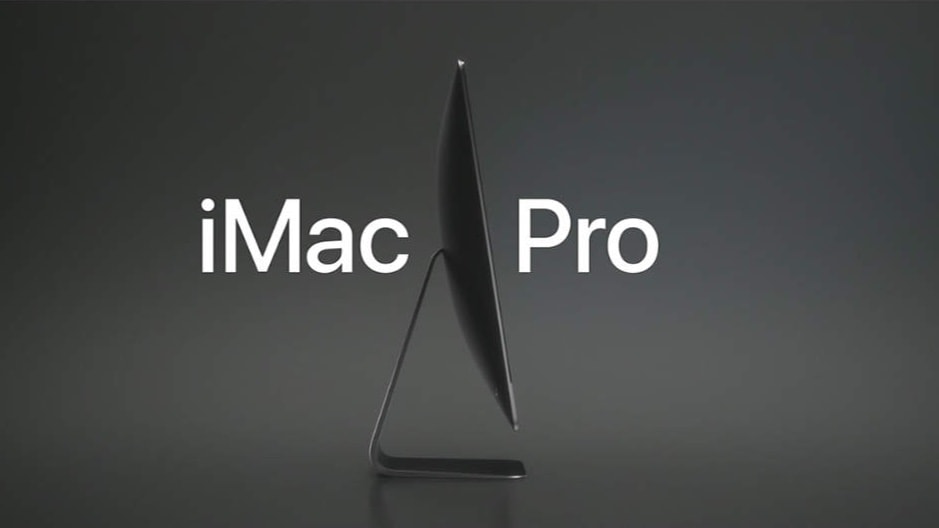
 December 14, 2017: The much-anticipated iMac Pro finally reaches customers many months after it was announced. With a built-in 27-inch, 5K display and an Intel Xeon processor, the high-end desktop combines the features of an iMac and a Mac Pro.
December 14, 2017: The much-anticipated iMac Pro finally reaches customers many months after it was announced. With a built-in 27-inch, 5K display and an Intel Xeon processor, the high-end desktop combines the features of an iMac and a Mac Pro.
 December 13, 2016: After months of anticipation and delay, Apple finally launches the first-generation AirPods. The tiny wireless earbuds arrive in Apple’s online store
December 13, 2016: After months of anticipation and delay, Apple finally launches the first-generation AirPods. The tiny wireless earbuds arrive in Apple’s online store 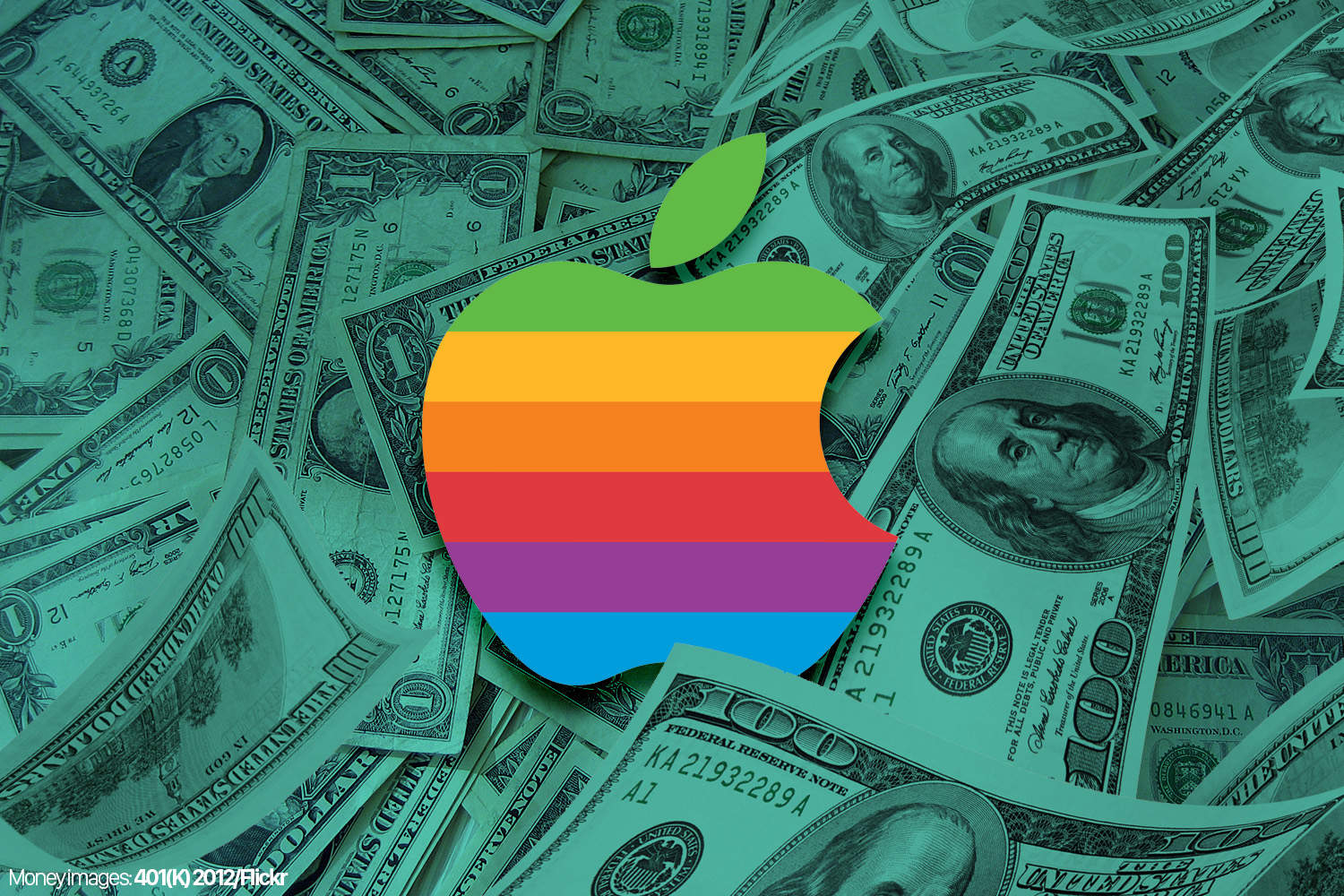
 December 12, 1980: Apple goes public, floating 4.6 million shares on the stock market at $22 per share. The Apple IPO becomes the biggest tech public offering of its day. And more than 40 out of 1,000 Apple employees become instant millionaires.
December 12, 1980: Apple goes public, floating 4.6 million shares on the stock market at $22 per share. The Apple IPO becomes the biggest tech public offering of its day. And more than 40 out of 1,000 Apple employees become instant millionaires.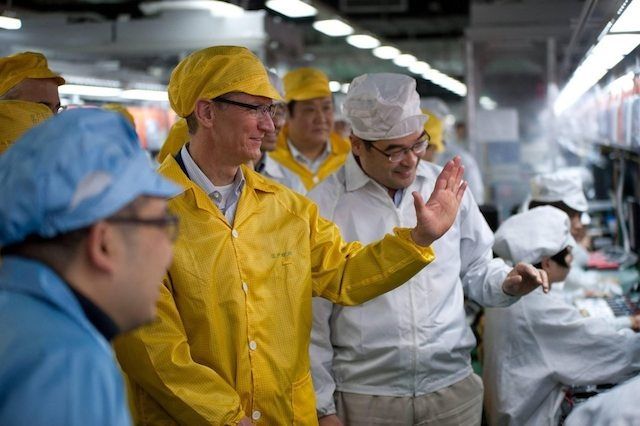
 December 11, 2013: A Chinese labor rights group calls on Apple to investigate the deaths of several workers at a Shanghai factory run by iPhone manufacturer Pegatron.
December 11, 2013: A Chinese labor rights group calls on Apple to investigate the deaths of several workers at a Shanghai factory run by iPhone manufacturer Pegatron.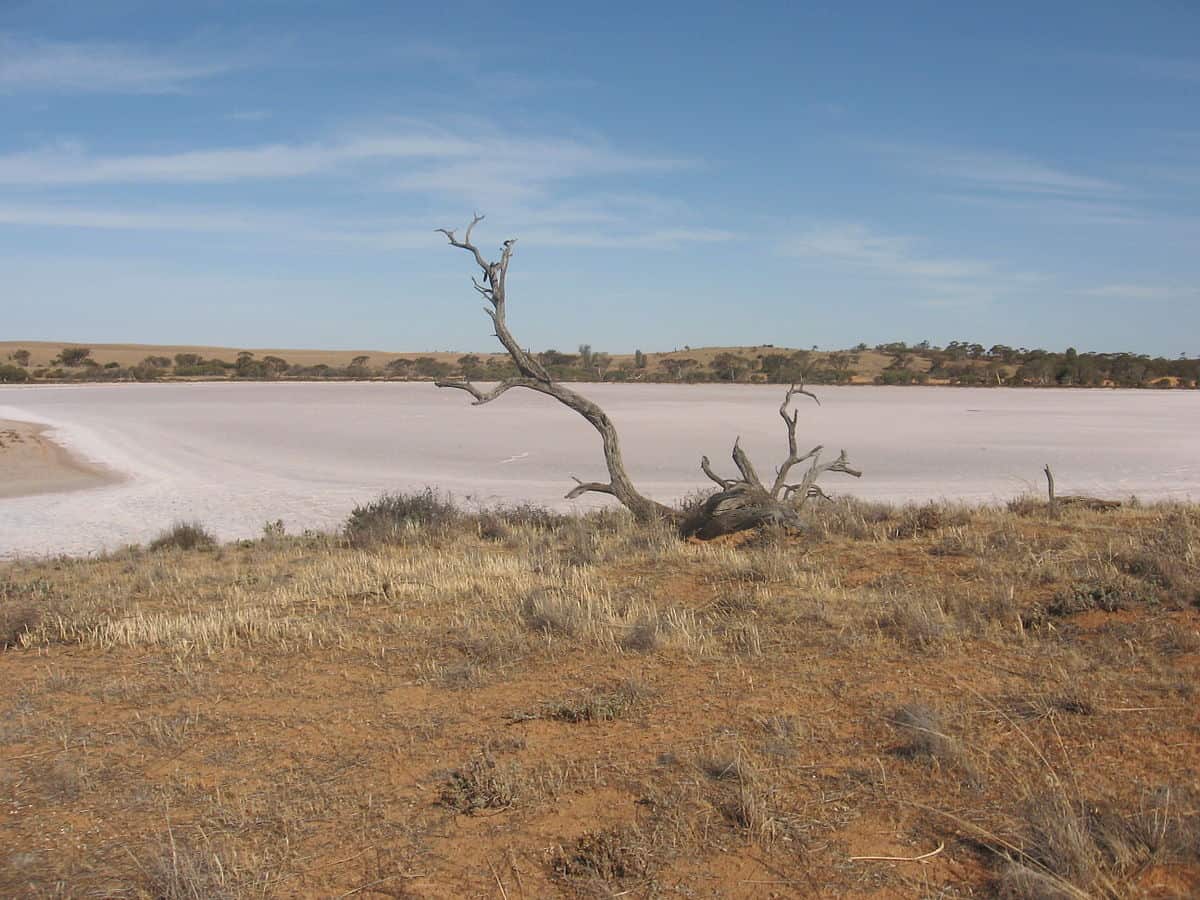
 December 10, 2012: Apple fixes an Apple Maps error that caused several motorists in Victoria, Australia, to become stranded in the remote Murray-Sunset National Park.
December 10, 2012: Apple fixes an Apple Maps error that caused several motorists in Victoria, Australia, to become stranded in the remote Murray-Sunset National Park.
 December 9, 2011: Apple opens a store in New York’s fabled Grand Central Terminal, the company’s fifth Manhattan retail outlet.
December 9, 2011: Apple opens a store in New York’s fabled Grand Central Terminal, the company’s fifth Manhattan retail outlet.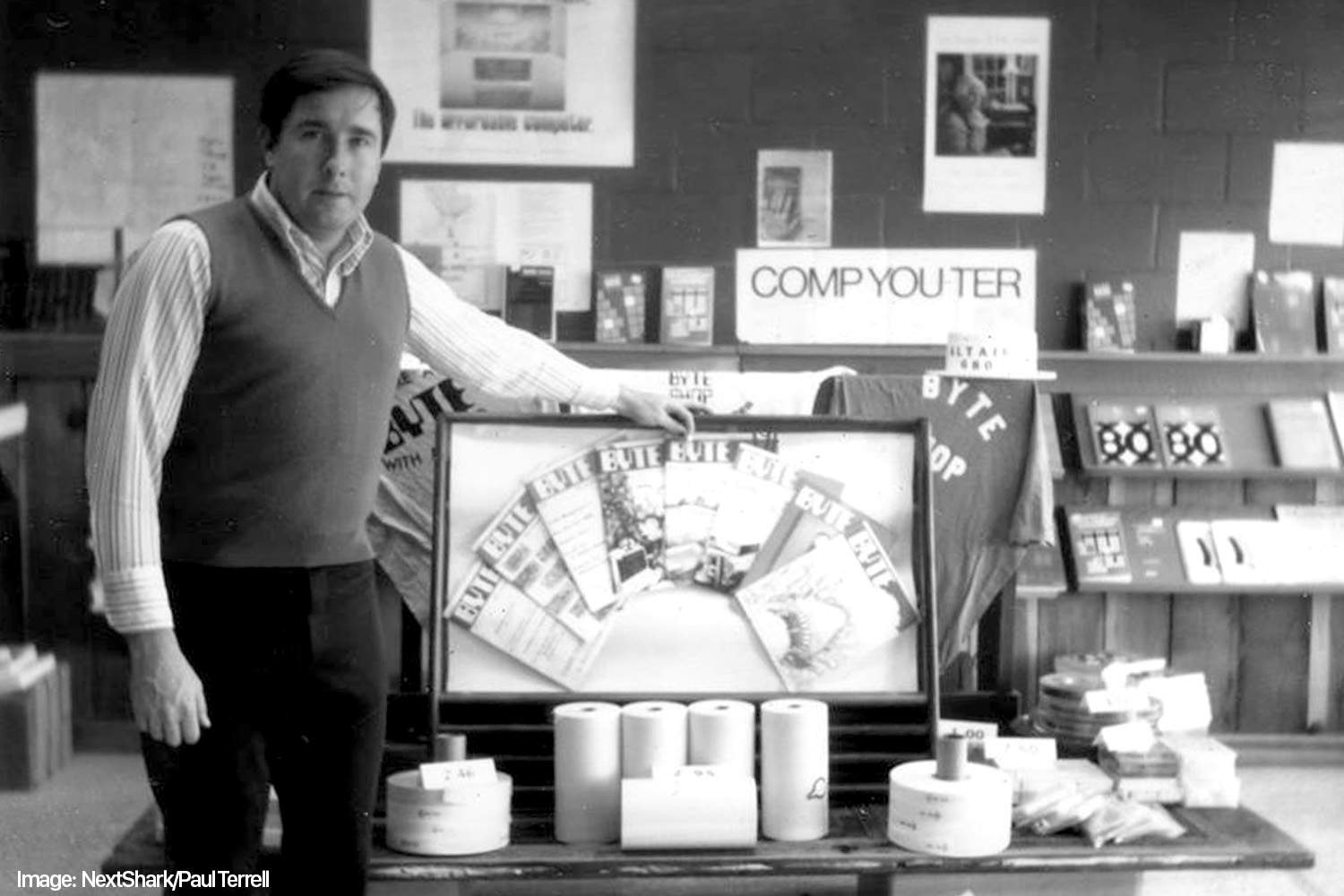
 December 8, 1975: San Francisco Bay Area entrepreneur Paul Terrell opens the Byte Shop, one of the world’s first computer stores — and the first to sell an Apple computer.
December 8, 1975: San Francisco Bay Area entrepreneur Paul Terrell opens the Byte Shop, one of the world’s first computer stores — and the first to sell an Apple computer.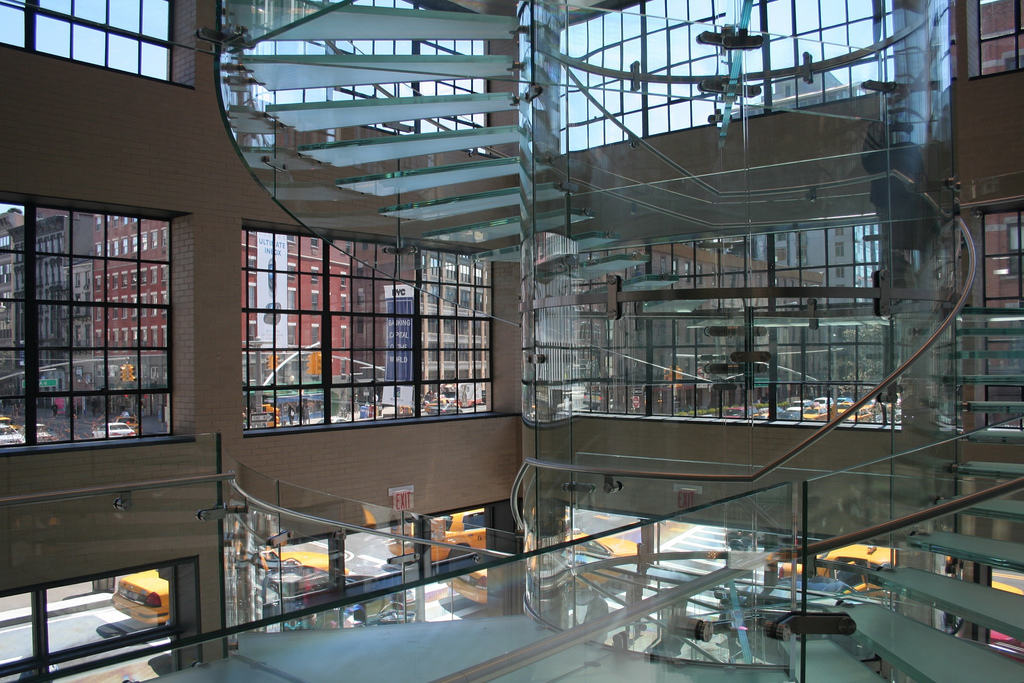
 December 7, 2007: Apple opens its magisterial store on West 14th Street in New York City. The new Apple Store features a three-story glass staircase deemed the most complex ever made.
December 7, 2007: Apple opens its magisterial store on West 14th Street in New York City. The new Apple Store features a three-story glass staircase deemed the most complex ever made.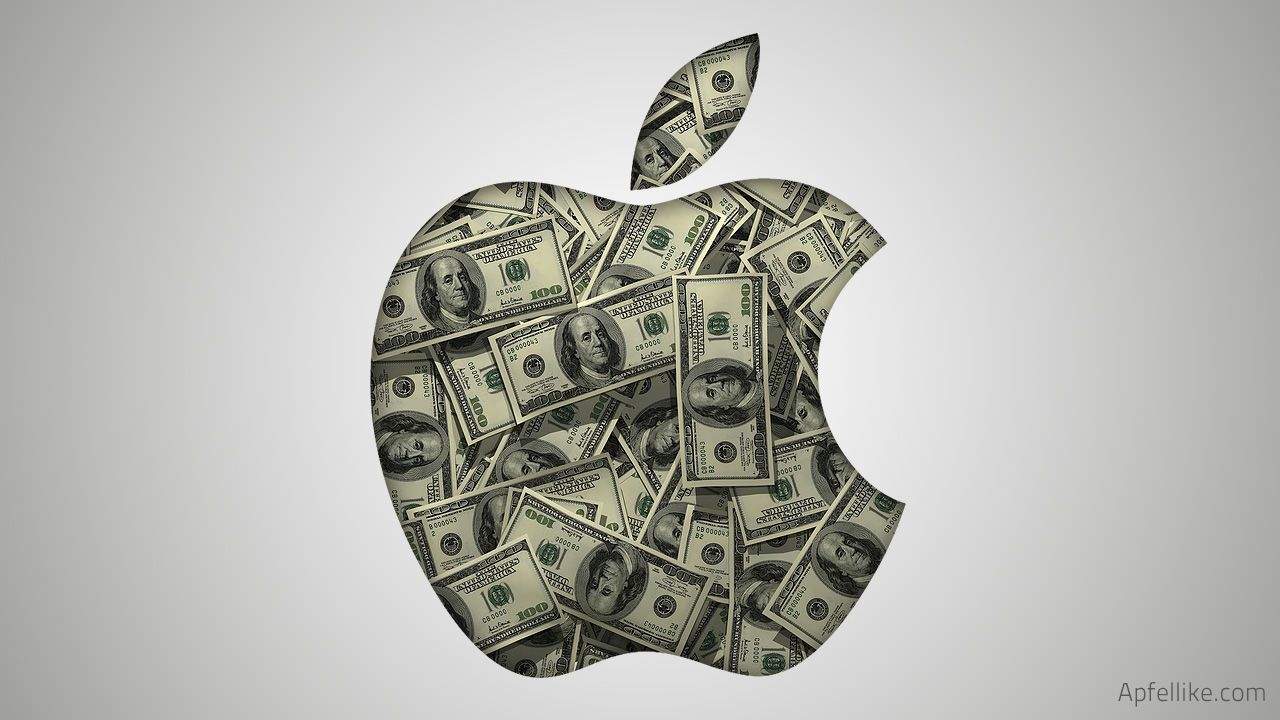
 December 6, 2000: Apple Computer’s stock price falls after the company posts its first quarterly loss since Steve Jobs’ return to Cupertino in 1997.
December 6, 2000: Apple Computer’s stock price falls after the company posts its first quarterly loss since Steve Jobs’ return to Cupertino in 1997.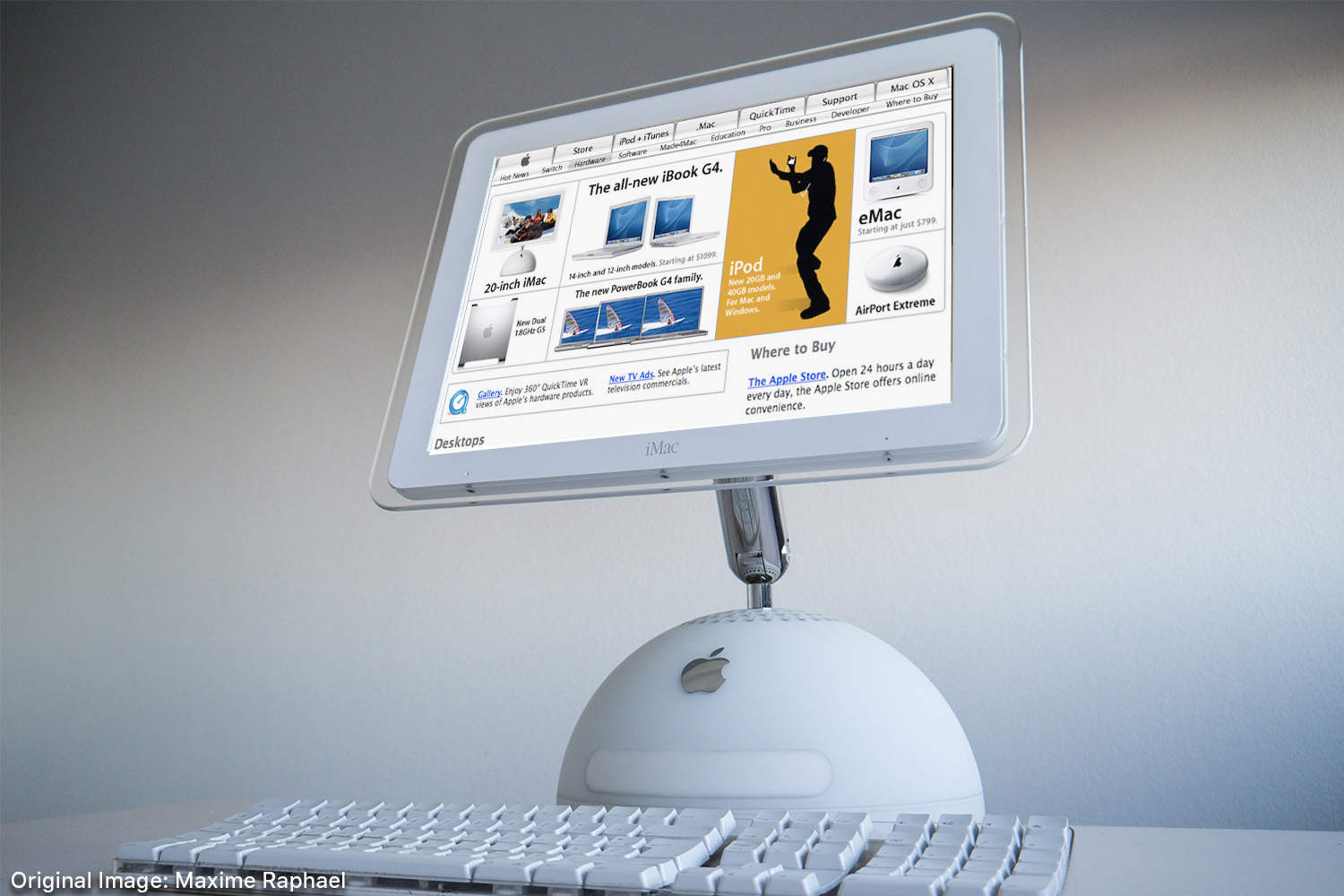
 December 5, 2002: Cupertino says it served its millionth unique customer in the Apple Store online, marking a significant milestone for the company. It is a benchmark worth celebrating for Apple, which launched its online store just five years earlier.
December 5, 2002: Cupertino says it served its millionth unique customer in the Apple Store online, marking a significant milestone for the company. It is a benchmark worth celebrating for Apple, which launched its online store just five years earlier.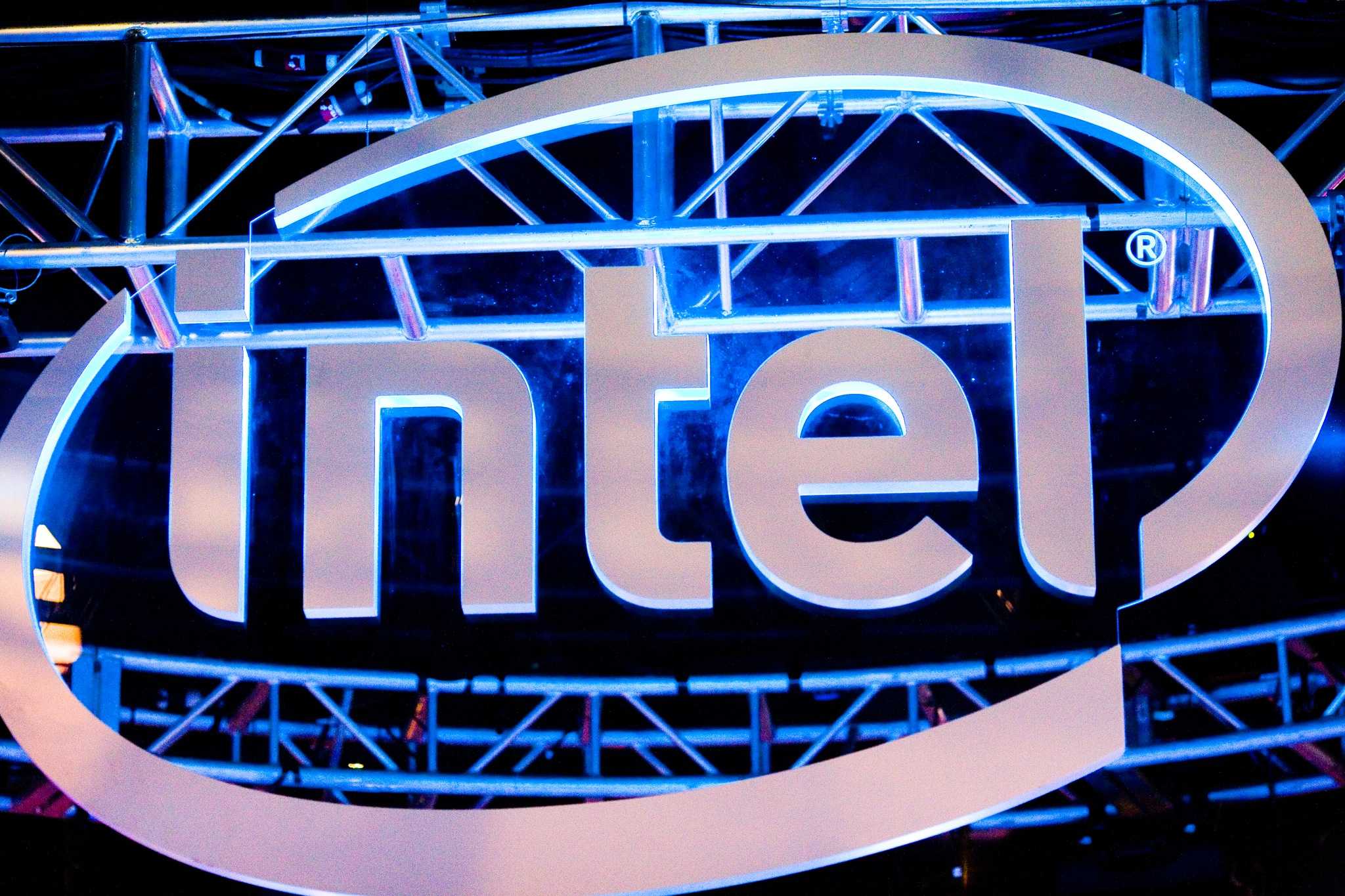
 December 4, 1992: Apple engineers demonstrate a “proof of concept” of the Mac operating system running on an Intel computer. More than a decade before
December 4, 1992: Apple engineers demonstrate a “proof of concept” of the Mac operating system running on an Intel computer. More than a decade before 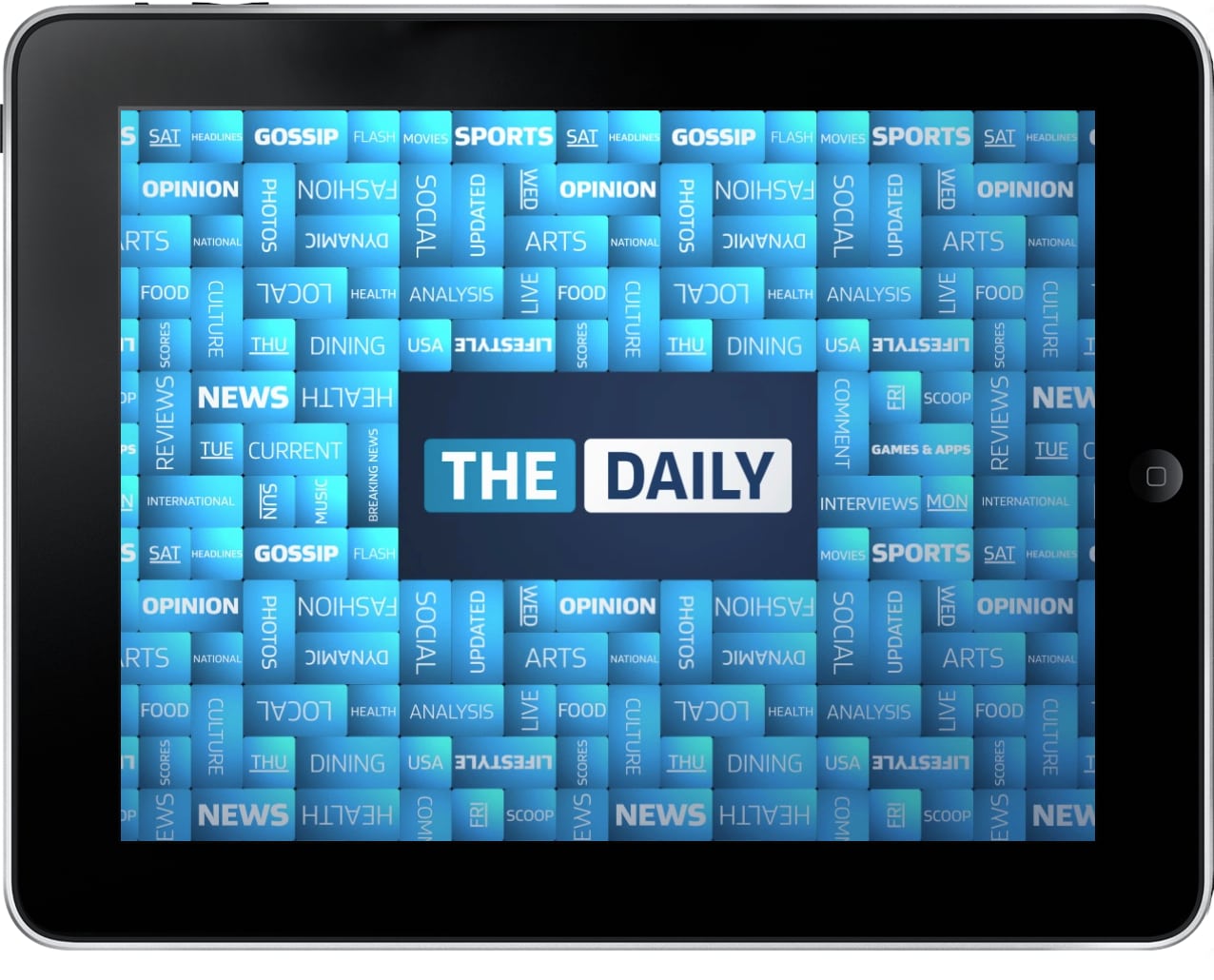
 December 3, 2012: News Corp pulls the plug on The Daily, the world’s first iPad-only newspaper, less than two years after launching the publication.
December 3, 2012: News Corp pulls the plug on The Daily, the world’s first iPad-only newspaper, less than two years after launching the publication.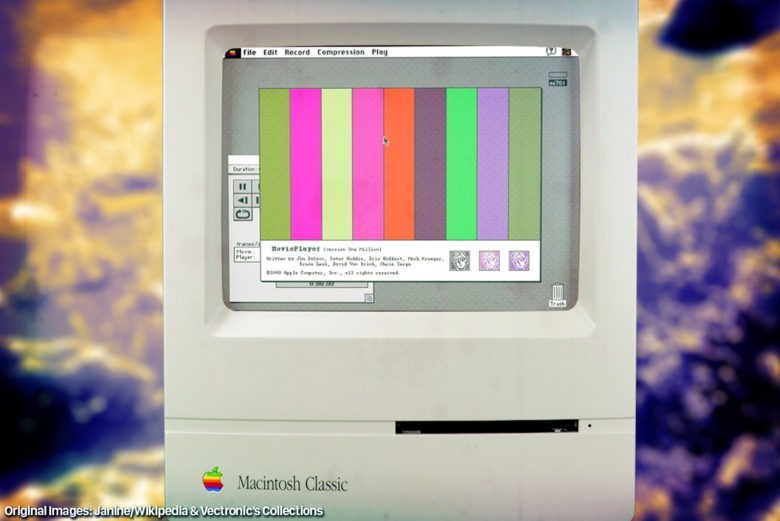
 December 2, 1991: Apple ships its first public version of the QuickTime player, bringing video to Mac users running System 7.
December 2, 1991: Apple ships its first public version of the QuickTime player, bringing video to Mac users running System 7.
 December 1, 1981: After the disastrous rollout of the “next-gen” Apple III the previous year, Apple corrects the computer’s most glaring hardware faults and relaunches it.
December 1, 1981: After the disastrous rollout of the “next-gen” Apple III the previous year, Apple corrects the computer’s most glaring hardware faults and relaunches it.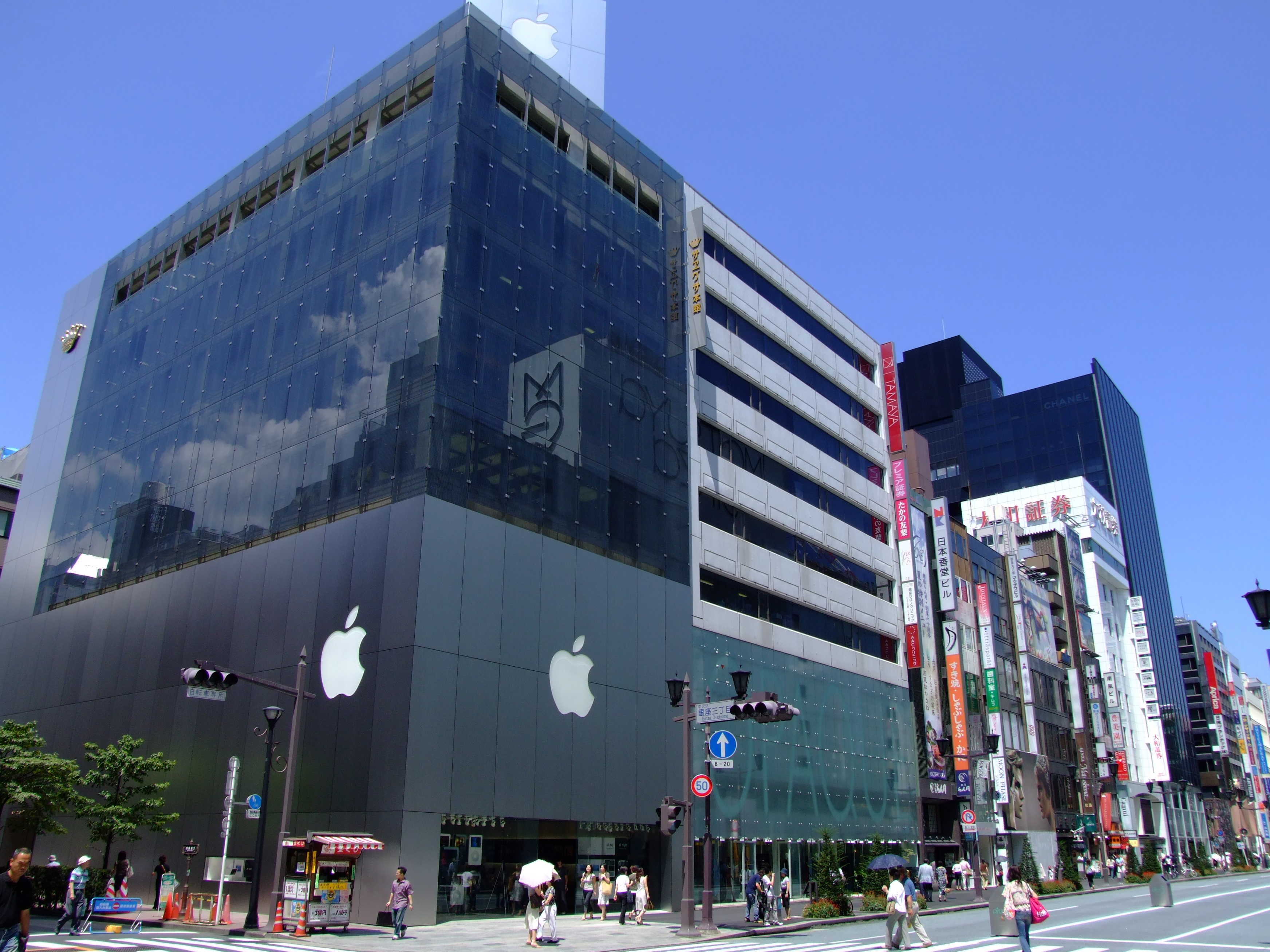
 November 30, 2003: Apple expands its retail chain outside the United States for the first time, opening an Apple Store in Tokyo’s trendy Ginza shopping district.
November 30, 2003: Apple expands its retail chain outside the United States for the first time, opening an Apple Store in Tokyo’s trendy Ginza shopping district.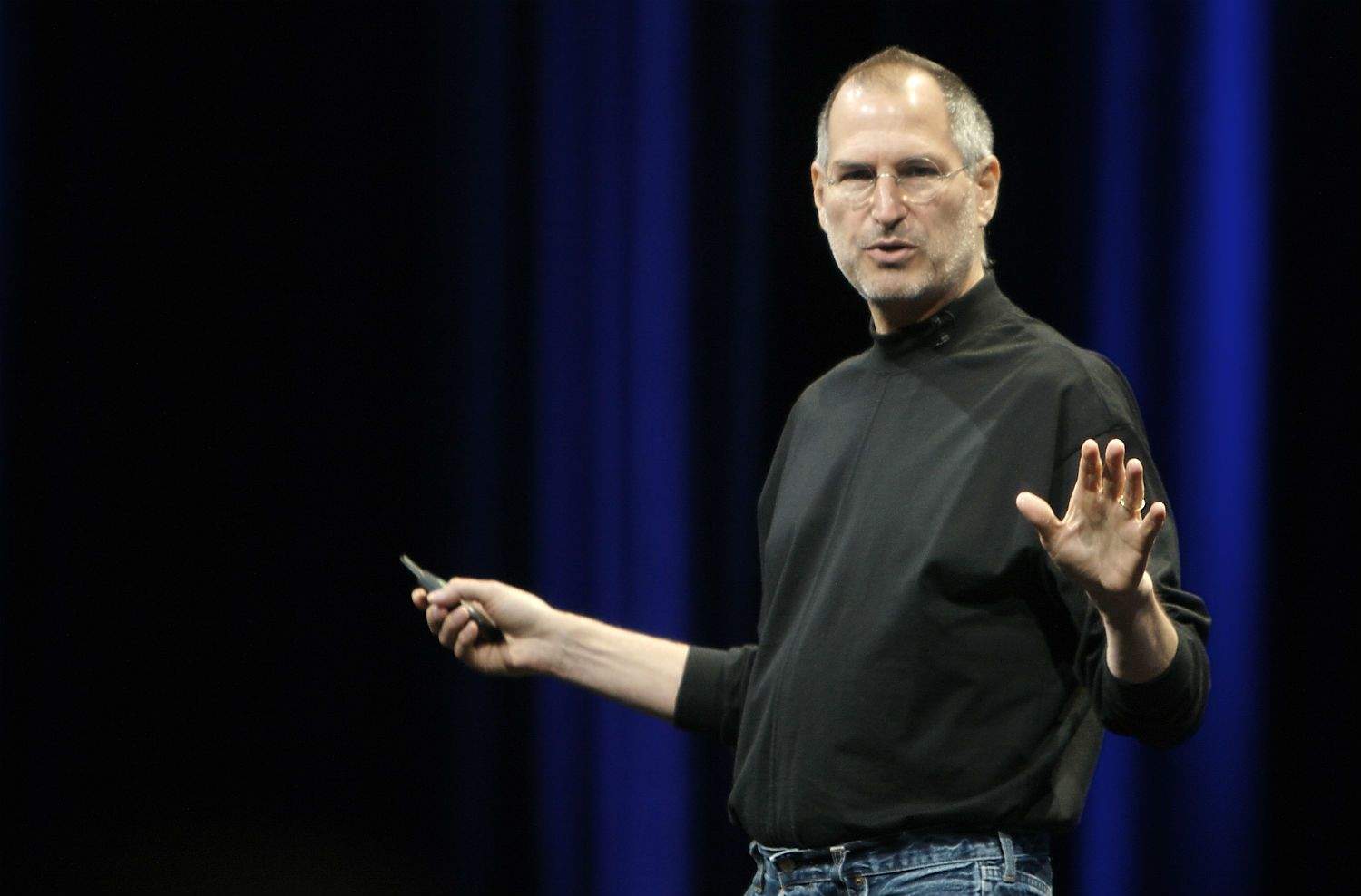
 November 29, 1995: Capitalizing on the success of Toy Story, Pixar floats 6.9 million shares on the stock market. The Pixar IPO makes Steve Jobs, who owns upward of 80% of the animation studio, a billionaire.
November 29, 1995: Capitalizing on the success of Toy Story, Pixar floats 6.9 million shares on the stock market. The Pixar IPO makes Steve Jobs, who owns upward of 80% of the animation studio, a billionaire.
 November 28, 2001: Apple says users download QuickTime 5 for Mac and PC a million times every three days, putting the multimedia software on track to exceed 100 million downloads in its first year of distribution. The announcement comes as websites adopt the MPEG-4 format, and online video begins to take off in a big way.
November 28, 2001: Apple says users download QuickTime 5 for Mac and PC a million times every three days, putting the multimedia software on track to exceed 100 million downloads in its first year of distribution. The announcement comes as websites adopt the MPEG-4 format, and online video begins to take off in a big way.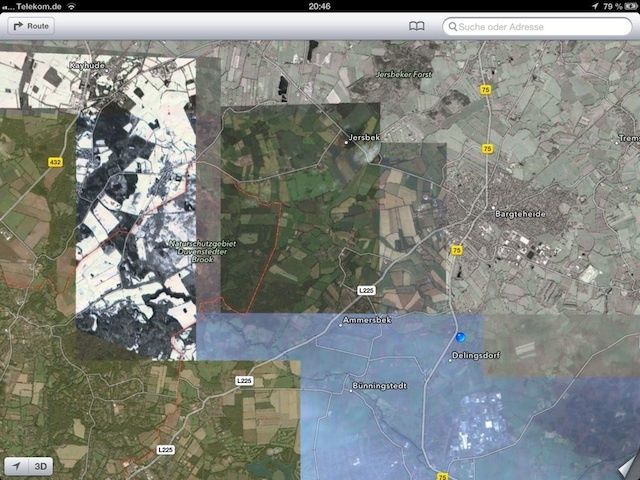
 November 27, 2012: Apple fires the manager responsible for the disastrous Apple Maps launch in iOS 6 after the glitchy software delivered embarrassingly bad data to users around the world.
November 27, 2012: Apple fires the manager responsible for the disastrous Apple Maps launch in iOS 6 after the glitchy software delivered embarrassingly bad data to users around the world.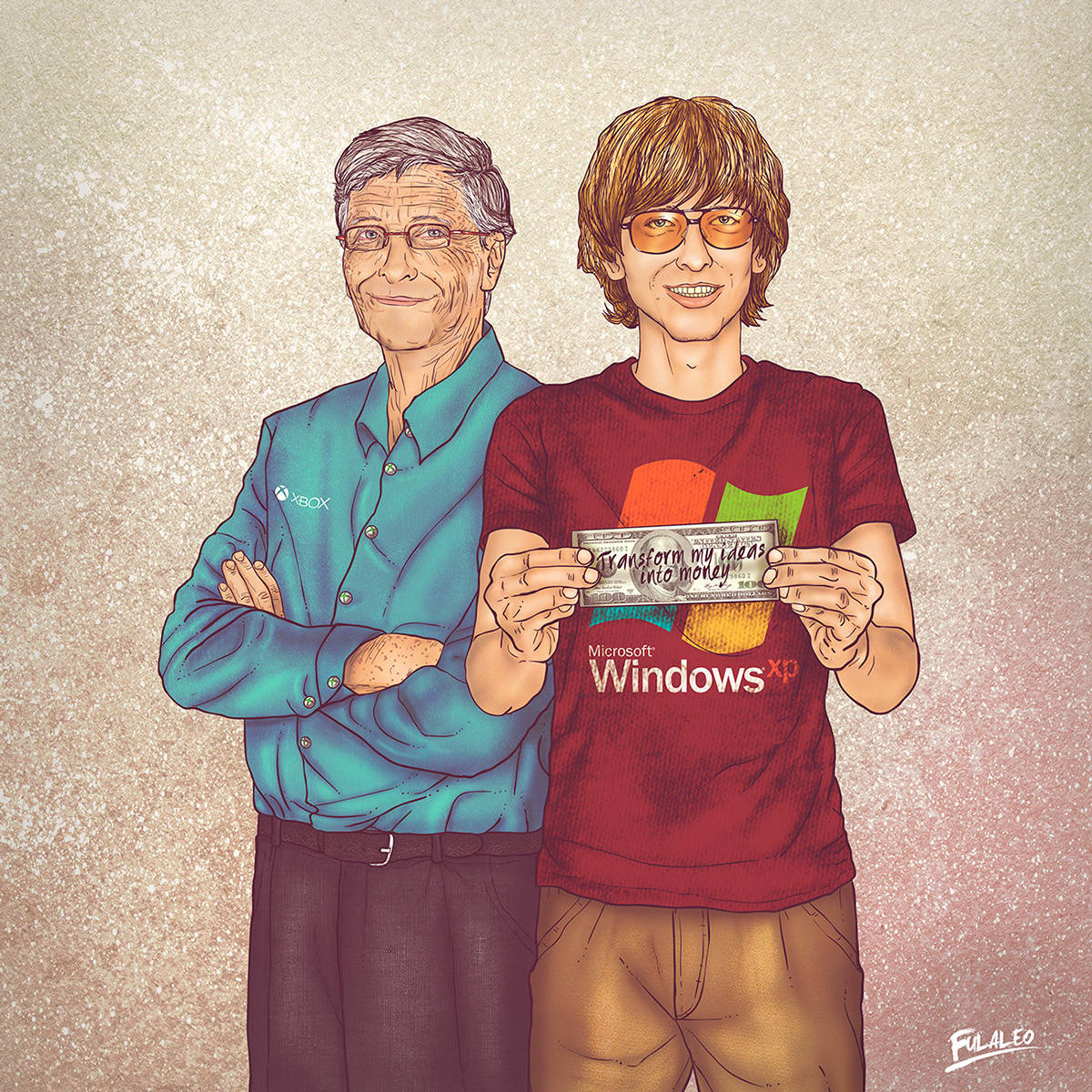
 November 26, 1984: “The next generation of interesting software will be done on the Macintosh, not the IBM PC,” predicts Microsoft co-founder Bill Gates in a BusinessWeek cover story. Gates’ praise for the Mac would seem almost unthinkable coming out of Gates’ mouth just a few years later.
November 26, 1984: “The next generation of interesting software will be done on the Macintosh, not the IBM PC,” predicts Microsoft co-founder Bill Gates in a BusinessWeek cover story. Gates’ praise for the Mac would seem almost unthinkable coming out of Gates’ mouth just a few years later.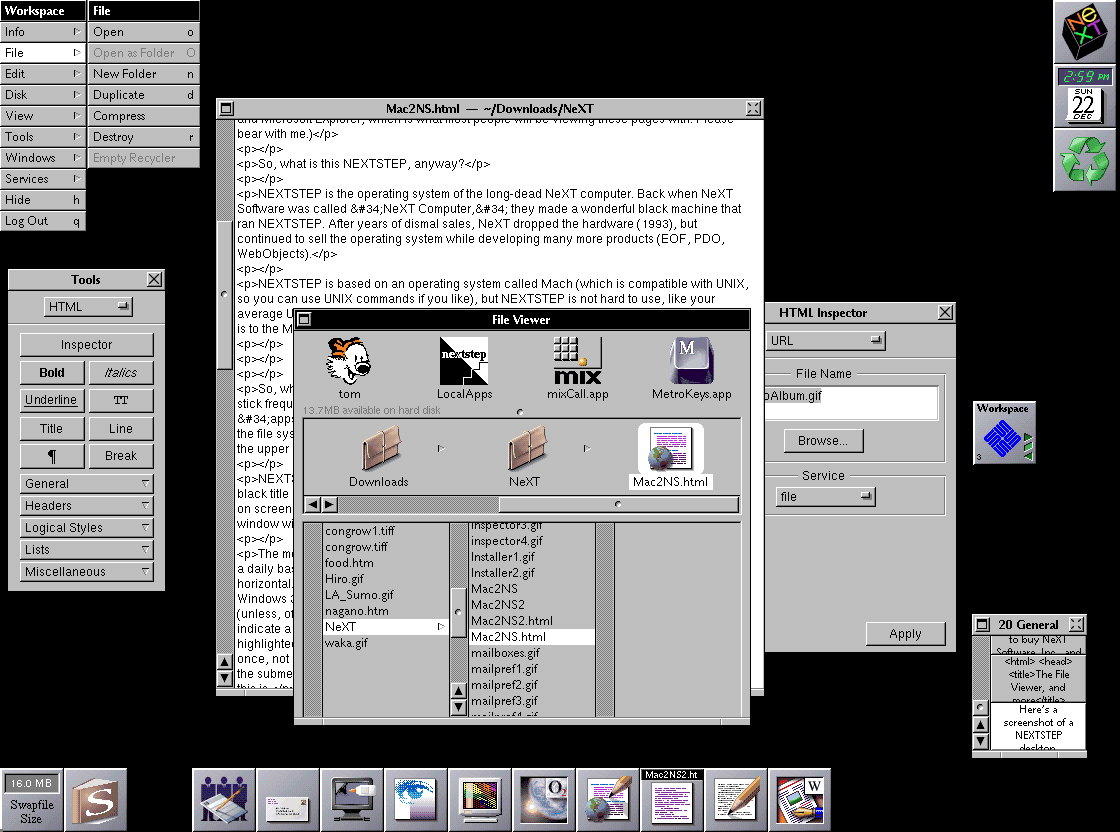
 November 25, 1996: A midlevel manager at NeXT contacts Apple about the possibility of Cupertino licensing NeXT’s OpenStep operating system. The phone call sows the seeds of Mac OS X and Apple’s rejuvenation.
November 25, 1996: A midlevel manager at NeXT contacts Apple about the possibility of Cupertino licensing NeXT’s OpenStep operating system. The phone call sows the seeds of Mac OS X and Apple’s rejuvenation.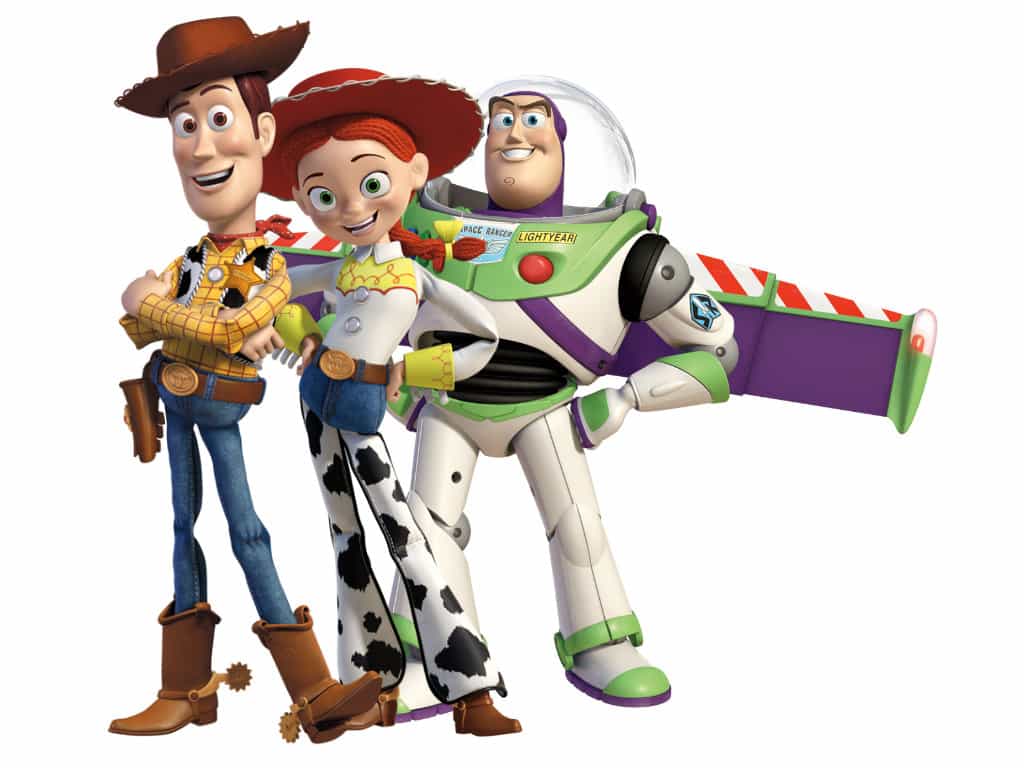
 November 24, 1999: Steve Jobs gets another feather in his cap when Toy Story 2, the sequel to the 1995 Pixar hit, debuts in theaters. It goes on to become the first animated sequel in history to gross more than the original.
November 24, 1999: Steve Jobs gets another feather in his cap when Toy Story 2, the sequel to the 1995 Pixar hit, debuts in theaters. It goes on to become the first animated sequel in history to gross more than the original.